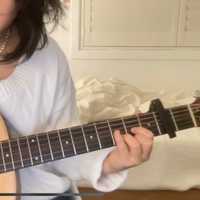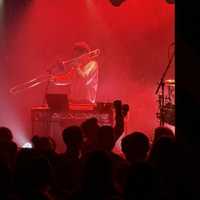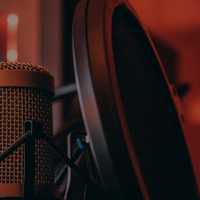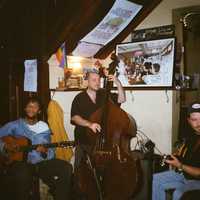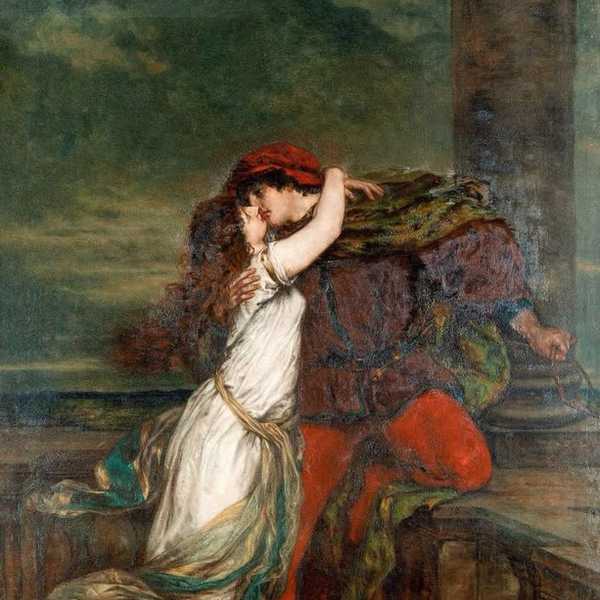Saturday 15 November, 2025
Review by Paul Neeson (Arts Wednesday)
Photos by Keith Saunders
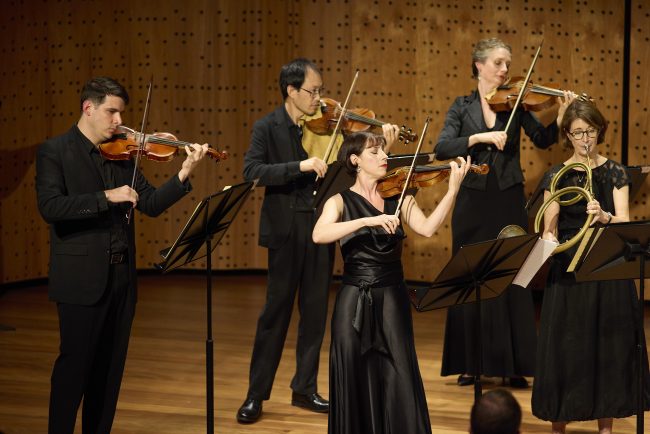
It would have to be one of the most famous, most creative and ultimately unsuccessful job applications in history. In 1719, not long after the death of his first wife, JS Bach, in a chance encounter while he was out shopping for a new harpsichord, met the Margrave Christian Ludwig of Brandenburg-Schwedt. Bach immediately saw an opportunity to improve his lot and composed Six Concertos for various instruments and had them delivered to the Margrave. Unfortunately for Bach, the manuscripts lay neglected in an attic for 128 years until they were discovered by a servant. And this is the mythology behind “some of the greatest works written ever” according to Artistic Director, Madeleine Easton (listen to her interview below).
The Bach Akademie performed all six Brandenburg Concertos in one spellbinding concert at the intimate and acoustically perfect venue, The Neilson, ACO on the Pier. And the musicians chosen to perform the solo and ripieno parts were the who’s who of period instrument exponents of Australia.

Concerto No.1 features 2 Corni di Caccia (hunting horns), 3 oboes, bassoon and piccolo violin. It is a joyous piece with a heraldic flavour, the perfect opening for a Bach festival. Except for one detail: the Corno di Caccia has no keys or valves and notes are formed purely by lips, cheeks, tongue and air pressure. This unfortunately means it is notoriously difficult to pitch. And as the opening piece when all the musicians are trying to establish a consensus on pitch, having two very loud wavering instruments meant that it was almost at the end of the concerto when equilibrium was found. Nonetheless, the enthusiasm of the musicians was palpable and the regality of the work truly conveyed.
Concerto No.2 is scored for solo trumpet, oboe, flute and violin. The trumpet part is infamously difficult and has thwarted many a period trumpeter over the years, but in the hands of tonight’s soloist, Richard Fomison, we were treated to a virtuoso masterclass of Baroque purity. Director, Madeleine Easton, achieved a perfect balance between the soloists and the ripieno throughout the concert. It was easy to imagine oneself in a Baroque Court surrounded by royalty in fabulous rich costumes, enjoying champagne and smalltalk while the musicians entertained. But that was the past, and in the 21st Century we remain reverently silent giving this impeccable music the respect and devotion it deserves; and we send this music into space to show how clever and talented human beings are (if any alien could be bothered listening).

Concerto No.3 delivered one of those rare magic moments regular concert-goers feel privileged to have witnessed. This concerto is all strings and harpsichord and magically everything gelled at just the right moment. The complexity of the interweaving lines fitted together like strands in a beautiful silk tapestry, highlighting flashes of colour here and depth and shadows there. We could see it on the faces of the musicians as they too realised something special was occurring here. And the applause from the appreciative audience said it all.
Concerto No.4 after interval saw 2 ‘echo flutes’ and violin as soloists. Recorder players Mikaela Oberg and Alicia Crossley deliver a pitch perfect, harmonious and precise performance, weaving effortlessly in and out of the string lines. The extended violin solo/cadenza (the longest in any of the concertos) was performed exquisitely by Easton.
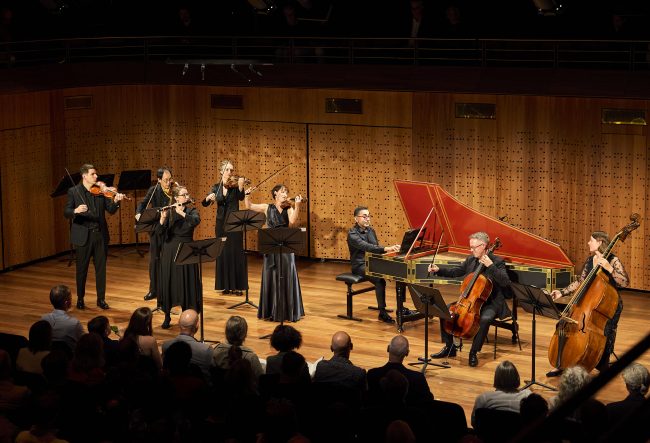
Concerto No.5 is considered to be the first keyboard concerto ever written and soloist Neal Peres Da Costa perfectly demonstrated why so few harpsichordists ever take on the challenge. He performed a bravura cadenza with more notes than the ear could distinguish. That is why he is Professor of Historical Performance at the Con.
Concerto No.6 was in some ways saving the best until last. This concerto requires 2 Violas, 2 Viola da Gambas, Cello and Bass. Without a lead violin (sorry Madeleine you had to leave the stage) it is a more subdued work but full of warmth. Violist Karina Schmitz took over the directing role admirably and crafted a comfortable, warm sound that still managed to be full of life and energy.
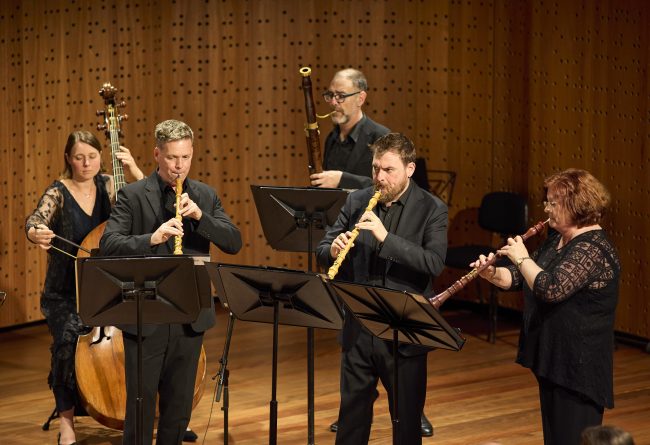
And a special mention goes to the unsung heroes of any Baroque performance, and in this case the basso continuo section were exemplary. Harpsichordist, Nathan Cox was outstanding in providing a solid base for the entire orchestra, it was technically perfect and a reliable foundation. He was assisted by Cellist Daniel Yeadon and Bassist Pippa MacMillan, the three in perfect sync as soloists came and left the stage. Nathan also had the responsibility of moving and resetting the harpsichord as needed. I’m sure it wasn’t just me who felt nervous every time it was lifted from its base.
A truly rewarding concert that included one of those special magic moments. The logistics of bringing together such a range of musicians, co-ordinating the staging and meanwhile producing such high quality period music is astonishing. No wonder the 6 Concertos are only rarely performed in a single concert. Hats off to Madeleine Easton and Bach Akademie Australia for bringing it together so triumphantly, so successfully.
You can listen to a recent interview with Artistic Director, Madeleine Easton below:
Share "Review: Bach Akademie Australia plays all 6 Brandenburg Concertos"
Copy


